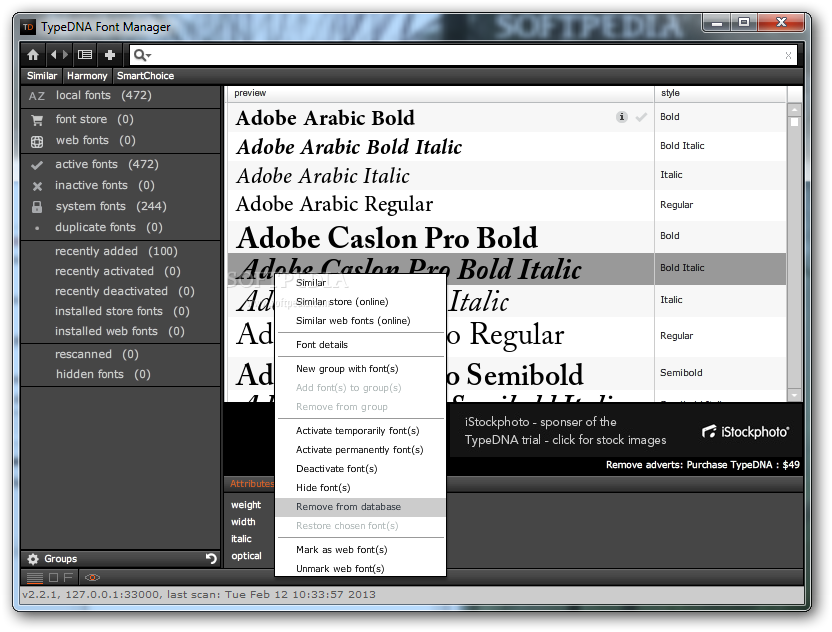
Transtype 2.1 tv#
In terms of testing, it may be hard to know exactly if a TV has proper HDMI Forum VRR. Note that not all HDMI 2.1 TVs support HDMI Forum VRR, as is the case with the LG UN8500. The PS5 should also receive HDMI Forum VRR support in a future firmware update.
Transtype 2.1 series#
It's a VRR format that seems to only work with HDMI 2.1 sources, and the Xbox Series X currently supports it alongside its FreeSync VRR support. Like AMD's FreeSync or NVIDIA's G-SYNC, the HDMI group has created their own version of the VESA Adaptive Sync protocol, called HDMI Forum VRR. Learn more about HDR HDMI Forum Variable Refresh Rate (VRR) Like any new format, until there is content designed for it, we won't know for sure. This allows the TV to read every scene and provide greater depth, detail, contrast, and brightness. We don't yet know how well this technology performs, or how similar it is to the other dynamic HDR formats. Similar to other dynamic HDR technologies, like Dolby Vision and HDR 10+, HDMI Dynamic HDR allows content to set the dynamic range on a per-scene basis or even frame-by-frame.


Transtype 2.1 full#
Note that the 'Speed' column refers to the cable type, where 'Premium' has a maximum bandwidth of 18 Gbps, and 'Ultra High Speed' cables have a maximum bandwidth of 48 Gbps, which is what's required for full HDMI 2.1 bandwidth. The following table covers most of the new resolutions and refresh rates permitted by HDMI 2.1. However, the main advantage of having HDMI 2.1 support on a 4k TV is that it can support 4k 120Hz content, which is what the newer gaming consoles output. It's not likely that displays with these ultra-high resolutions will be available on the market for many years. The increased bandwidth supported by HDMI 2.1 allows TV manufacturers to release new devices with resolutions as high as 10k (10420x4320). New Supported Resolutions and Faster Refresh Rates This could also make things a bit more complicated for consumers, as it's important to verify the capabilities of every new display, to make sure it can support enough bandwidth for the planned usage. This gives manufacturers significantly more flexibility and allows them to save costs, as they don't need to implement support for the extra bandwidth that the device can't use - a 4k TV doesn't need 8k bandwidth.Īlso, an HDMI 2.1 TV doesn't need to support all of its features. For example, if a TV manufacturer only wishes to support 4k 120Hz, with 4:2:0 chroma subsampling, then they only need to support about 32 Gbps, and it can still be considered an HDMI 2.1 device. While this is the maximum bandwidth the cable can handle, it may be some time before devices need that much bandwidth, and manufacturers can create TVs that support less bandwidth.


Transtype 2.1 mac os x#
If you're on Mac OS X and using Mac OS X 10.7 or newer, please read this note carefully.HDMI 2.1 increases the maximum uncompressed bandwidth that an HDMI cable can handle up to 48 Gbps, and the maximum compressed bandwidth to at least 128 Gbps. (Windows versions of FontLab products are not affected by this in any way.) Mac OS X 10.10 (Yosemite) and later created some minor issues for FontLab Studio, which were addressed in version 5.1.5. We considered discontinuing these applications, as they do not sell enough units to justify new versions, but as there are no alternatives available on Mac OS, we continue to make the WINE-wrapped versions available as an imperfect but useful workaround. Buying ScanFont or BitFonter 'for Mac' means getting the Windows version with the WINE wrapper in a single installer. For ScanFont and BitFonter, we have provided a workaround by packaging the Windows application in a WINE wrapper that allows it to run on Mac OS X. This affected a number of applications available from Fontlab Ltd.: some older FontLab applications do not work on 10.7 or later operating systems. Mac OS X 10.7-10.11 compatibility Note about Mac OS X 10.7-10.11 compatibility Recent versions of Mac OS X (since 10.7 Lion in 2011) no longer support PowerPC-based Mac applications.


 0 kommentar(er)
0 kommentar(er)
